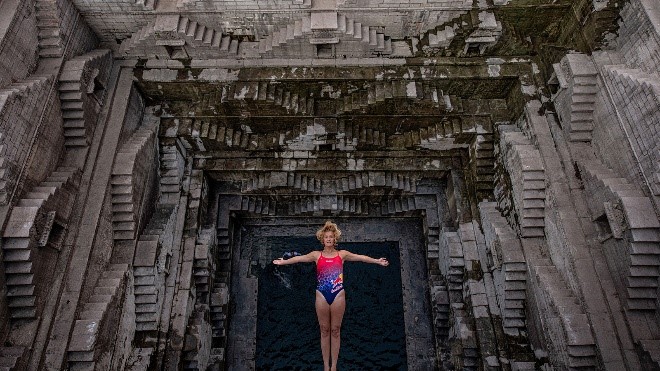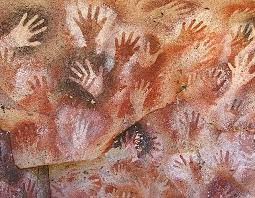In this series Aditi Padhi explores the idea and phenomena of HOPE through the lens of Architecture, built- environment, cityscapes, cultural artifact and the individual.
2. Architecture of hope: Inclusivity in women designing spaces
In India we have glorious architecture for women from quarters, gardens to step wells. Always segregated, hidden from public life effectively and efficiently keeping women closed at home, next to the hearth; while civilizations grew outside these safe havens.

Ref: https://edition.cnn.com/travel/article/india-beautiful-stepwells-spc/index.html
Without a doubt, few women in ancient, medieval and recent modern times were included in the design and execution of their own environment. Creating a large repertoire of spaces for women always built by the male master builder.
Things now have changed. Once the was education was accessible to all, women invading the work forces and using public spaces and utilities in numbers were never seen before. However, in the many nations I have lived and worked in, women still don’t feel safe, welcomed or included in public spatial design conversations.
Do we still in 2022 need to ask women to adapt to a world predominantly modeled to serve an exclusively male usage and gaze?
I have been fascinated with the movie industry’s trend of ‘women telling women’s stories’. Although a noble thought the movement has been presented with resistance all over the world reflected with the lack of audience support, lack of capitalistic gains and even a post ME2 wave of media hate.
What is so threatening about women when they try to control their own narratives for their own stories? In other words, the capitalistic machinery of policy, space, design and profit does not see the dollar payback of the woman’s perspective in their own environments or media; despite women having tremendous financial power now. A lot of sales and revenue is generated from the fear-mongering and sale of beauty products from the new empowered woman’s paycheck though. So where is the gap?
Are we able to turn the capitalistic machinery to creating inclusive hopeful spaces for women? The concept of a women friendly environment for women to assert their individuality and sovereignty by experiencing the world tailor made to suit their needs and aspirations is not new.

As a designer and a space visualizer, I have witnessed the disproportionate budgets spent on exclusive male spaces and the neglect to update universal spaces to include ‘the women’. It’s a tremendous opportunity lost as all aspects of industry, production, economics are sorely depleted of the advantages of all-encompassing spectrum of inclusivity and hope.
